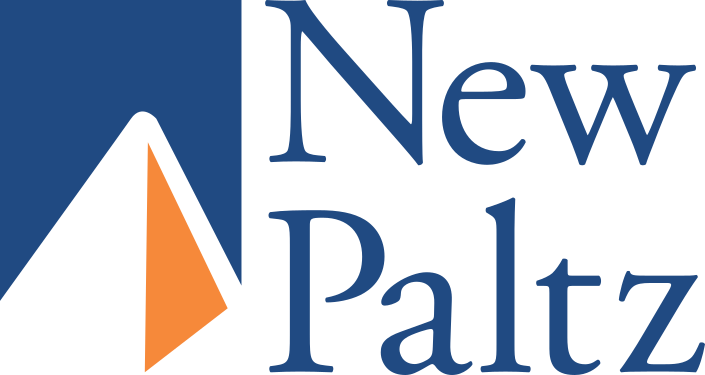 Library Guides & Databases Library Guides & Databases
|
|||||
| Research Guides | Databases A-Z | Library Catalog | Ask a Librarian | Library Home Page | SUNY New Paltz |
Open Access (OA) resources are "digital, online, free of charge, and free of most copyright and licensing restrictions" (Peter Suber). OA is most commonly applied to scholarly journal articles, but recently scholarly books, data sets, theses/dissertations and book chapter are embracing OA policies. Open Access tries to remove barriers between a user and information. Open Access aims to ensure that anyone, anywhere, can access and use resources.
According to Open Access Australasia, there are several benefits of OA:

Two ways to embrace Open Access
Green Open Access - "Green open access is repository-based open access. Green OA models are agnostic about publisher open access behaviors, relying instead on institutions and authors to take steps to make otherwise toll-access works freely available in online repositories that may be (and often are) managed by institutions. In essence, successful green open access requires: the right to share a given scholarly output, a copy of it, the motivation to share it, and a location for sharing it (i.e., SUNY Open Access Repository or SOAR)."
Gold Open Access
APC-based - "In a Gold OA APC-based model, the publisher charges an author (or another entity on their behalf ) a fee (article processing charge, or APC) once the author’s journal article is accepted for publication. There is significant variation in the amount charged for APCs—from a few hundred to several thousand dollars per article, often with STEM journals falling in the upper range. This charge opens the article to all readers on the publisher’s platform, sometimes (and preferably) under a Creative Commons or similar license that allows for broad reuse rights.
Non-APC based - "In the case of non-APC funded Gold OA , the costs to produce content (articles, journals, books) are covered without the author’s financial participation, and—in our terminology—without fees levied on a per-publication basis. As with all Gold, the materials are open upon publication with no content subscriptions required for access. Typically, Non-APC Gold OA models pool resources from various sources: institutions and libraries (e.g. Knowledge Unlatched); funders (e.g. Annual Reviews of Public Health); endowments (e.g. Americana Journal of Popular Culture), or other sources and then redistribute these resources to manage the costs of publishing."
